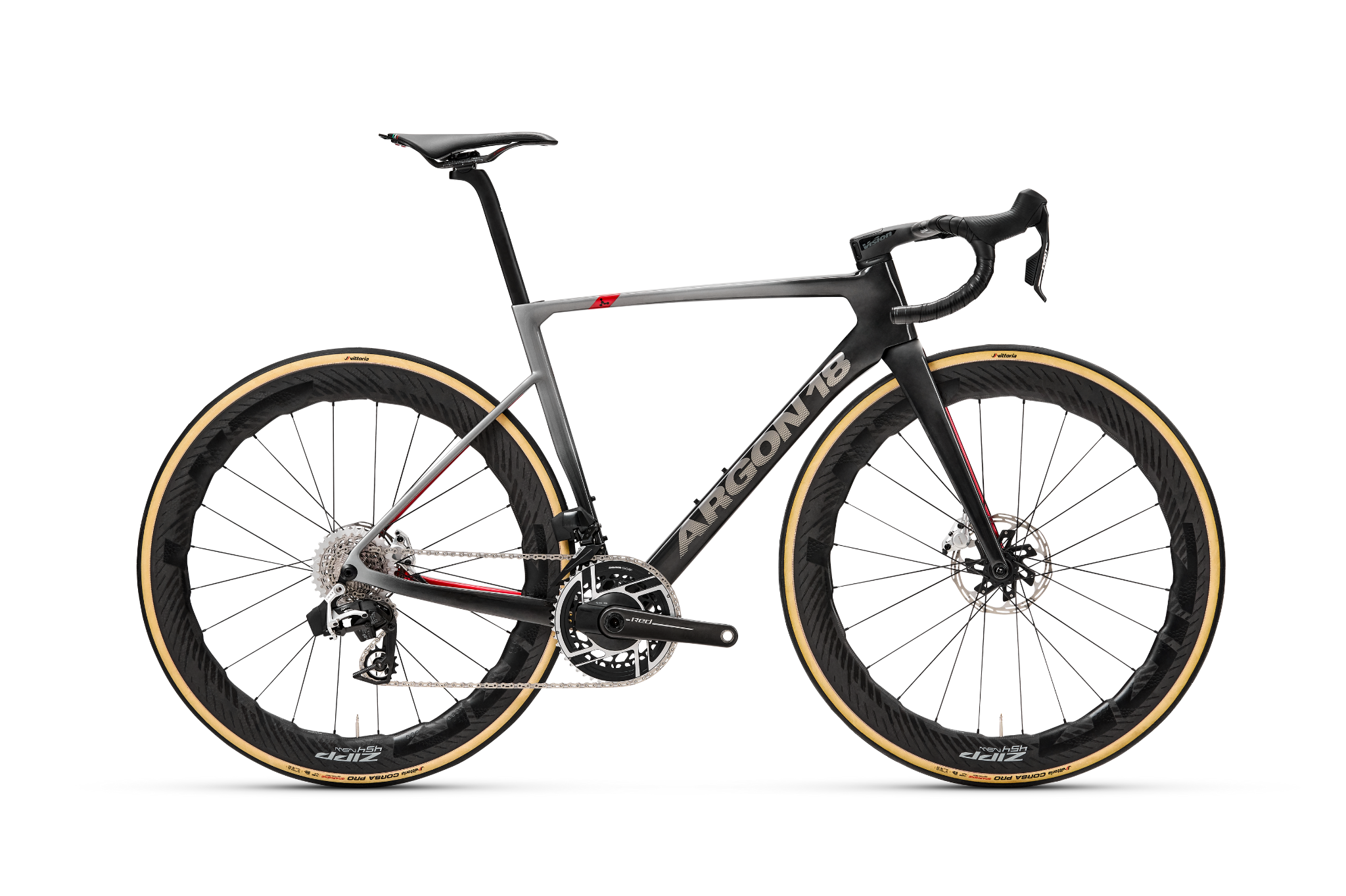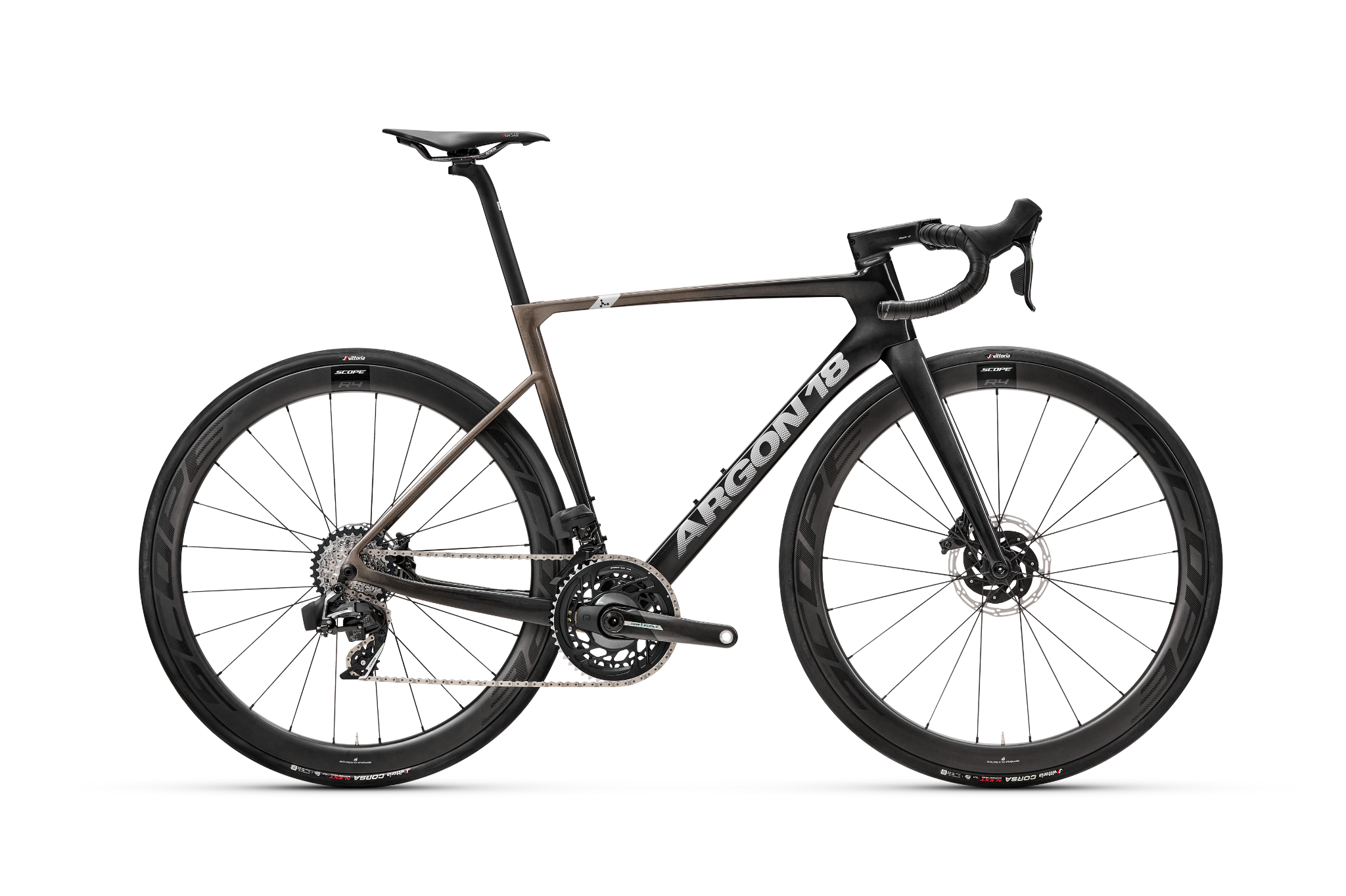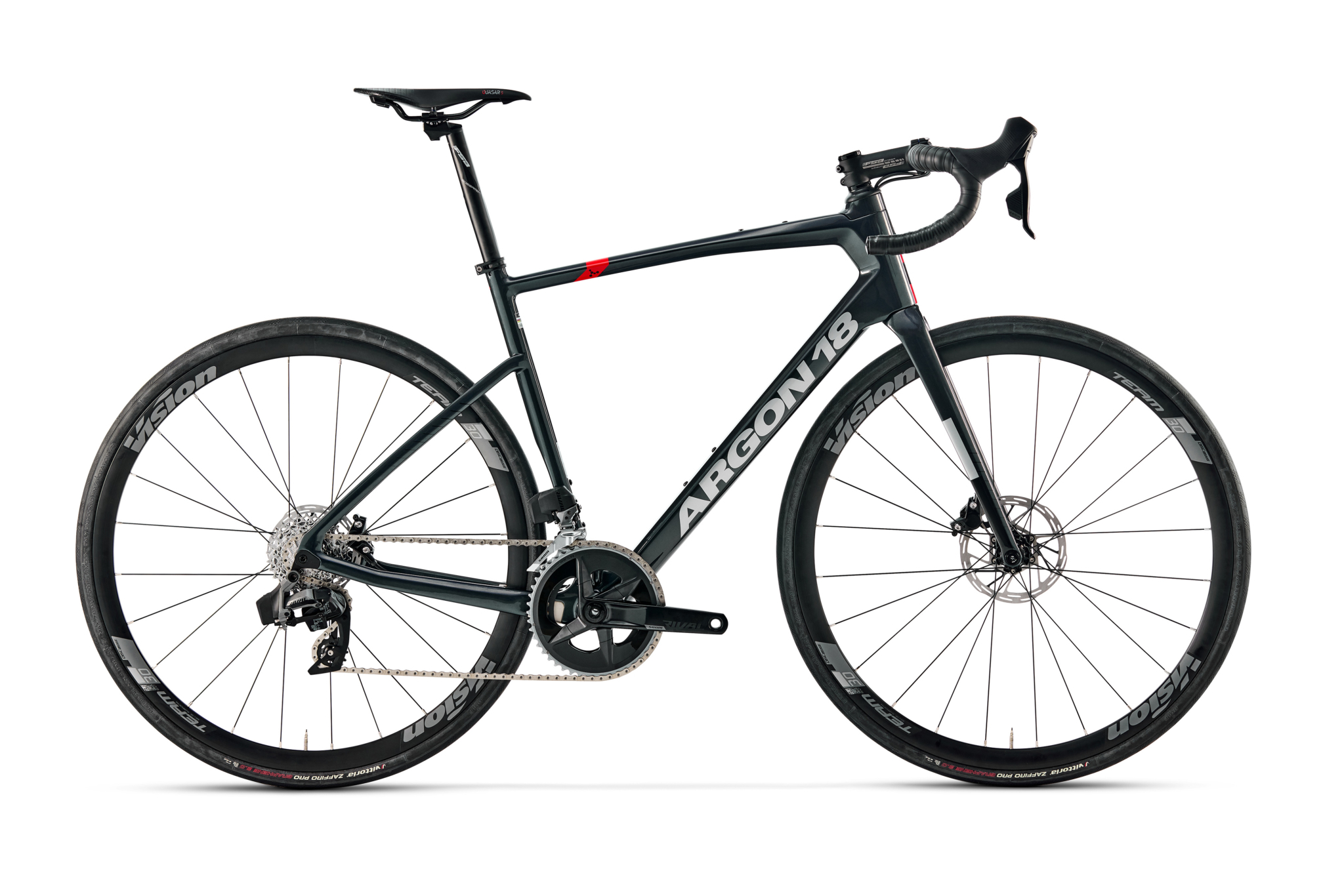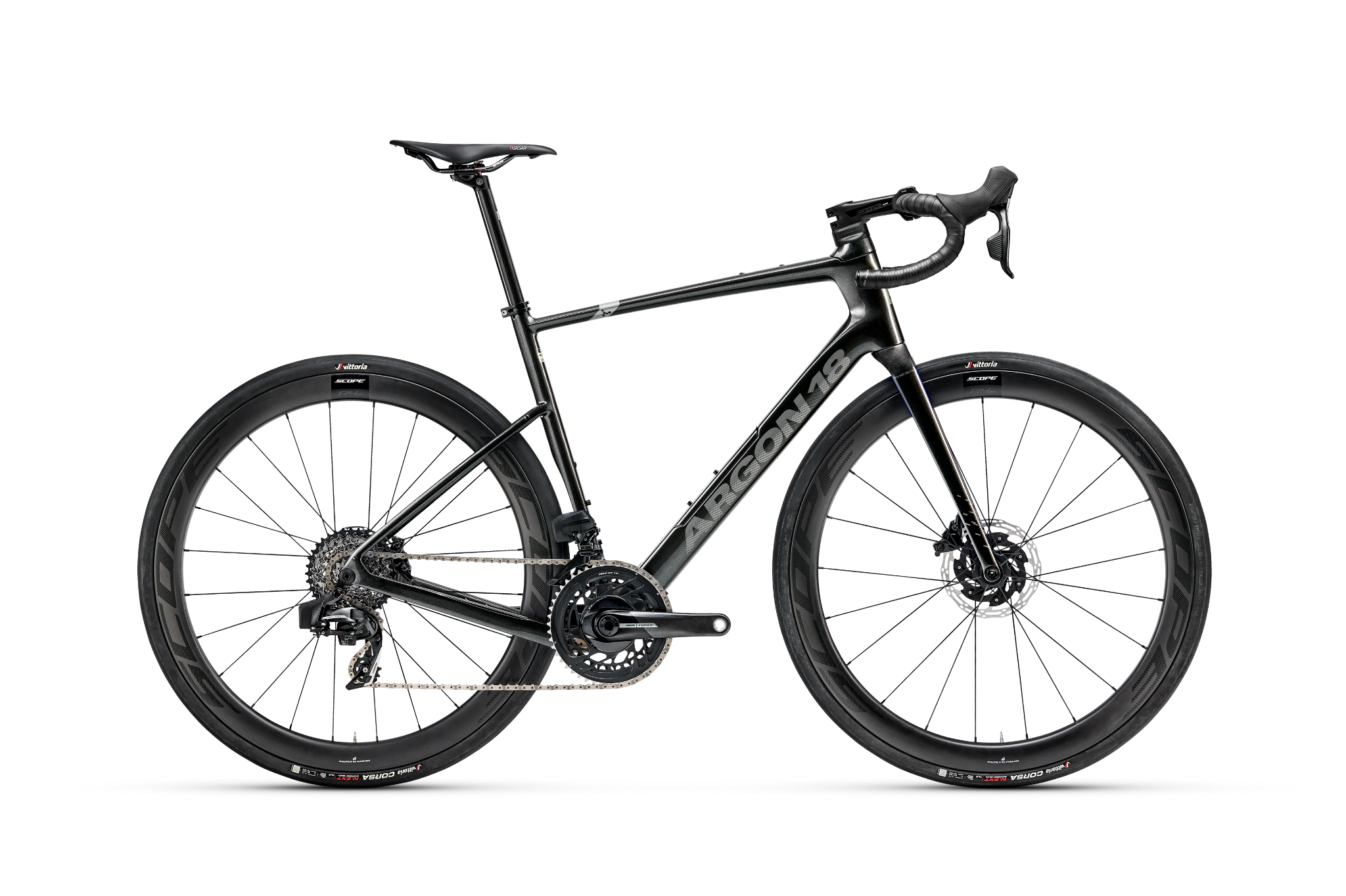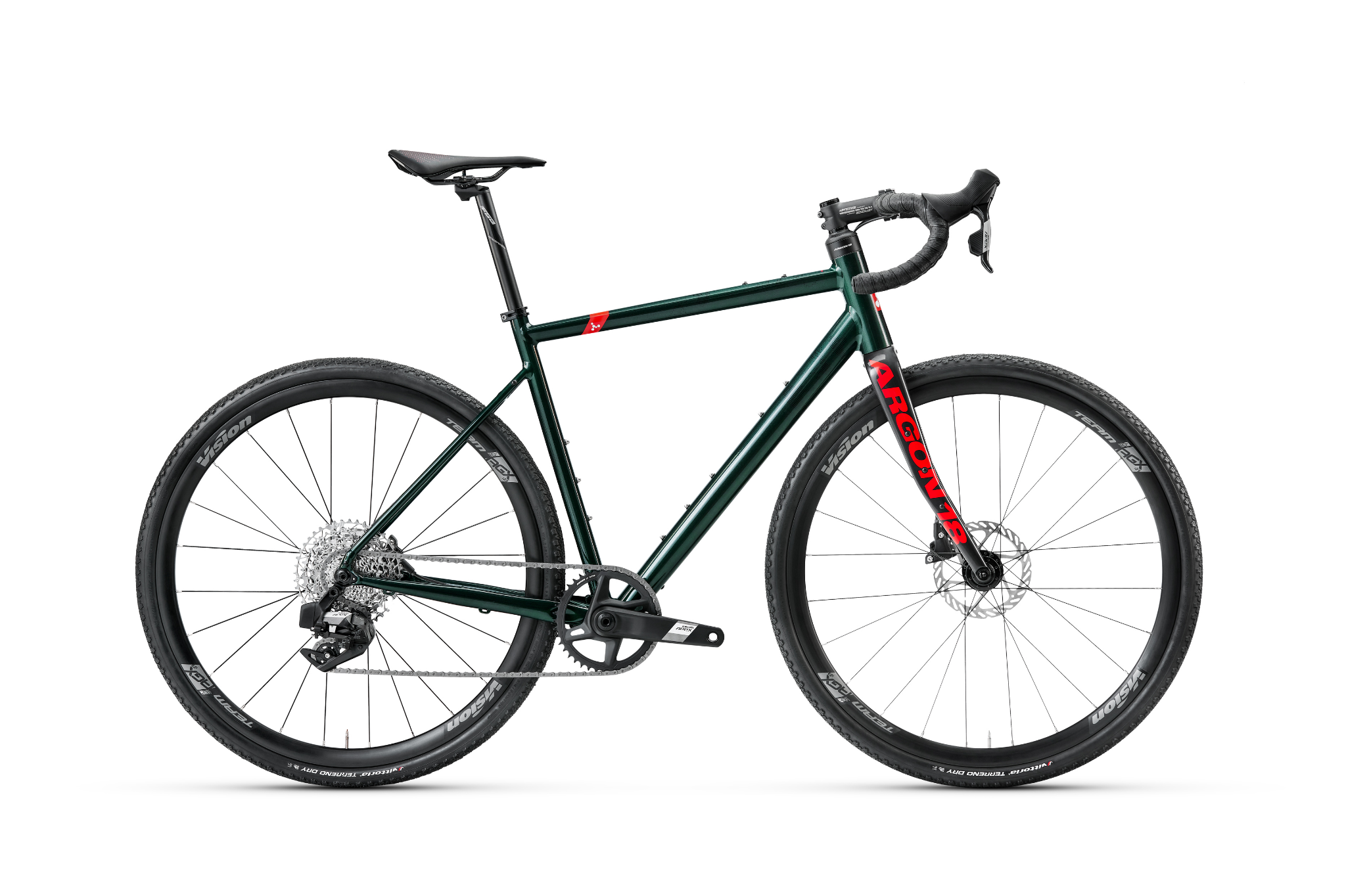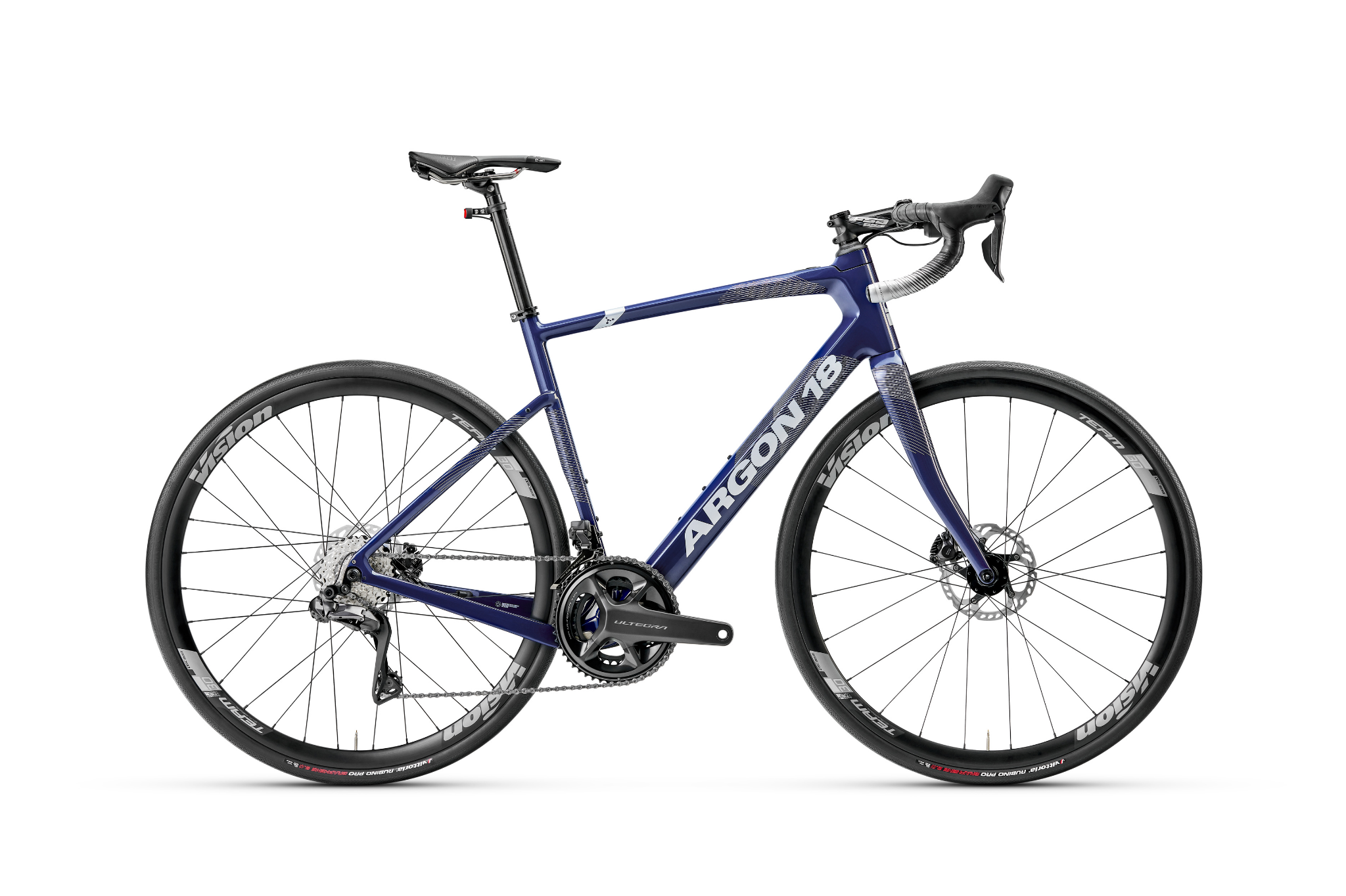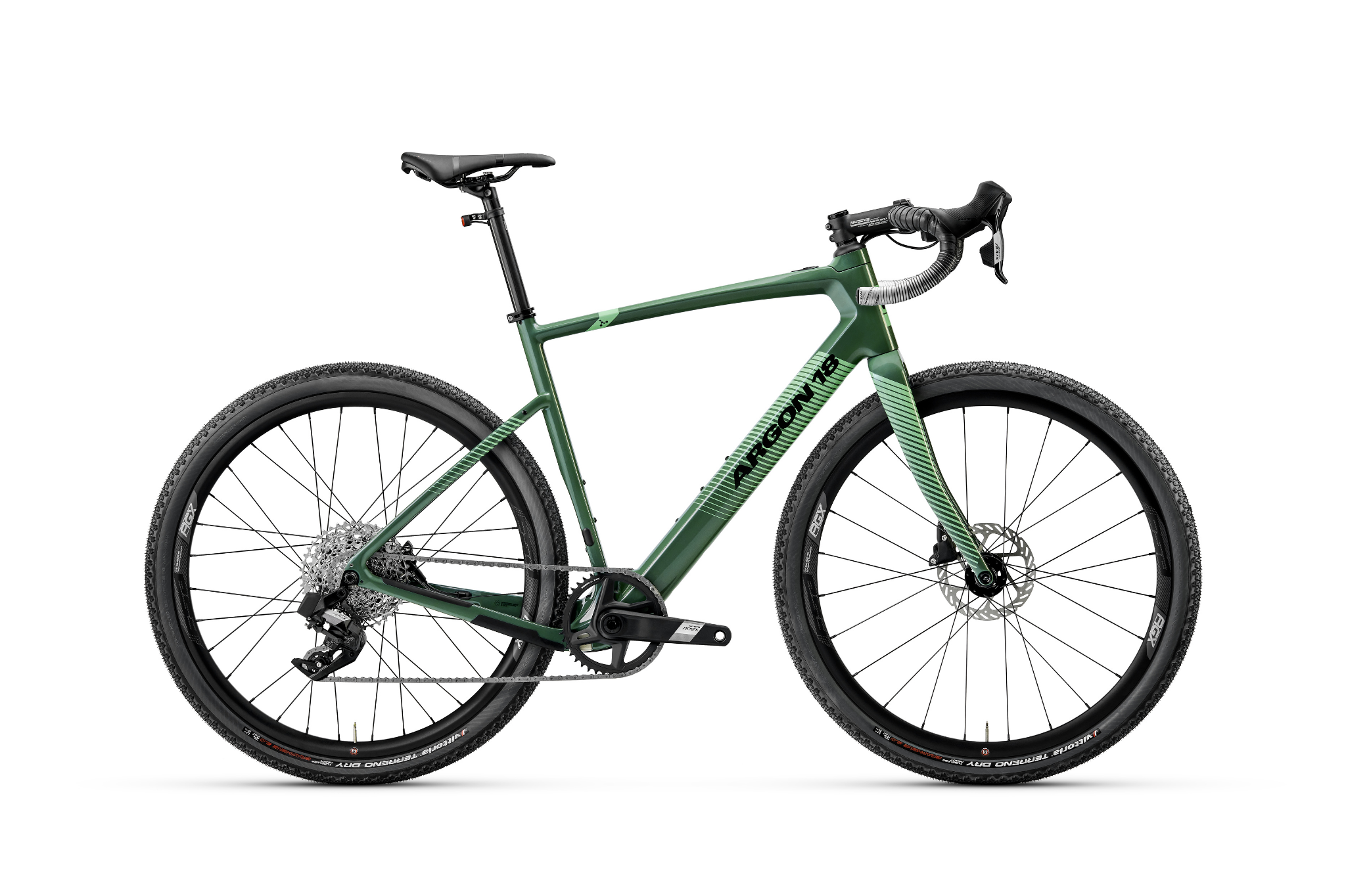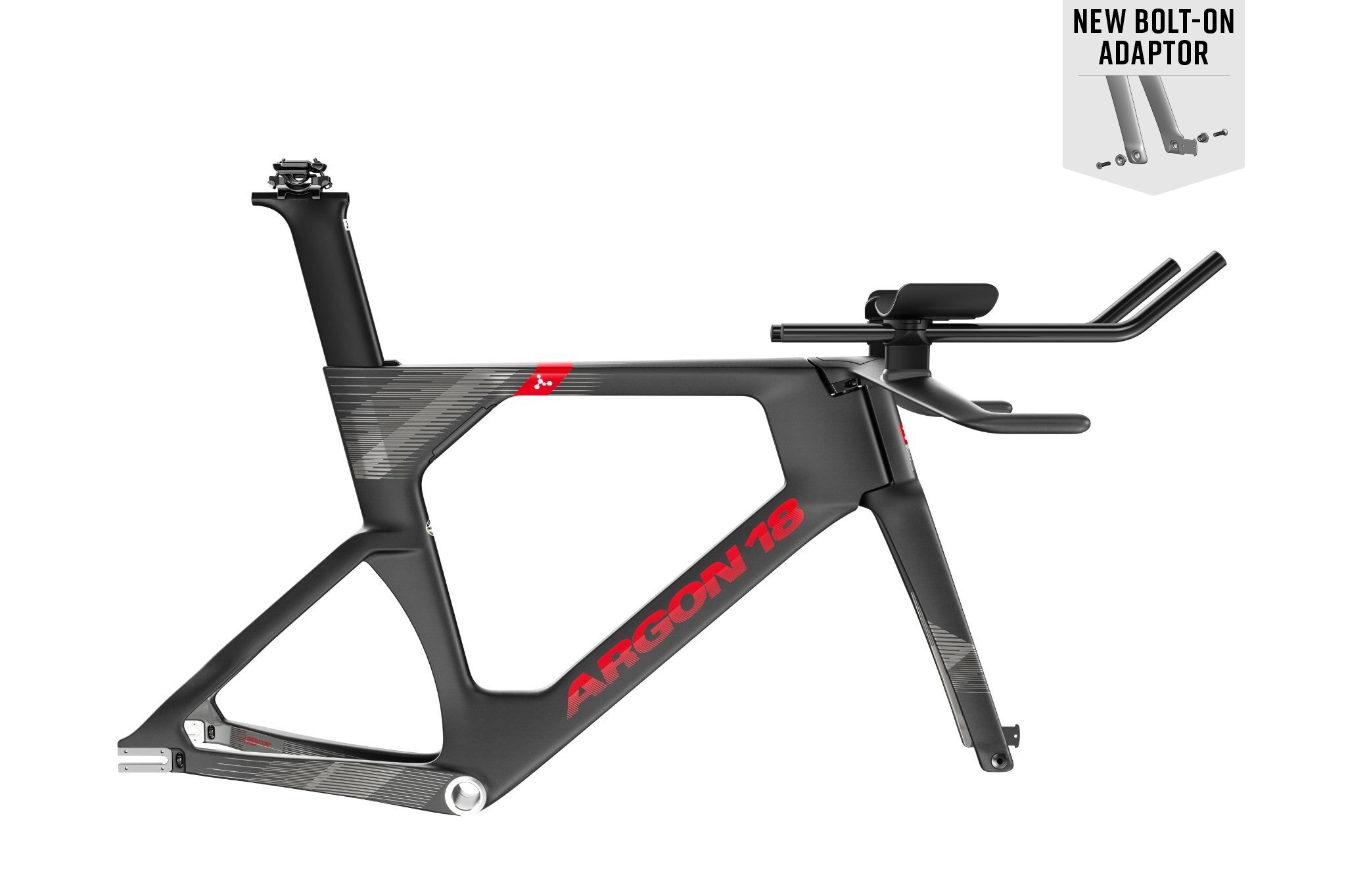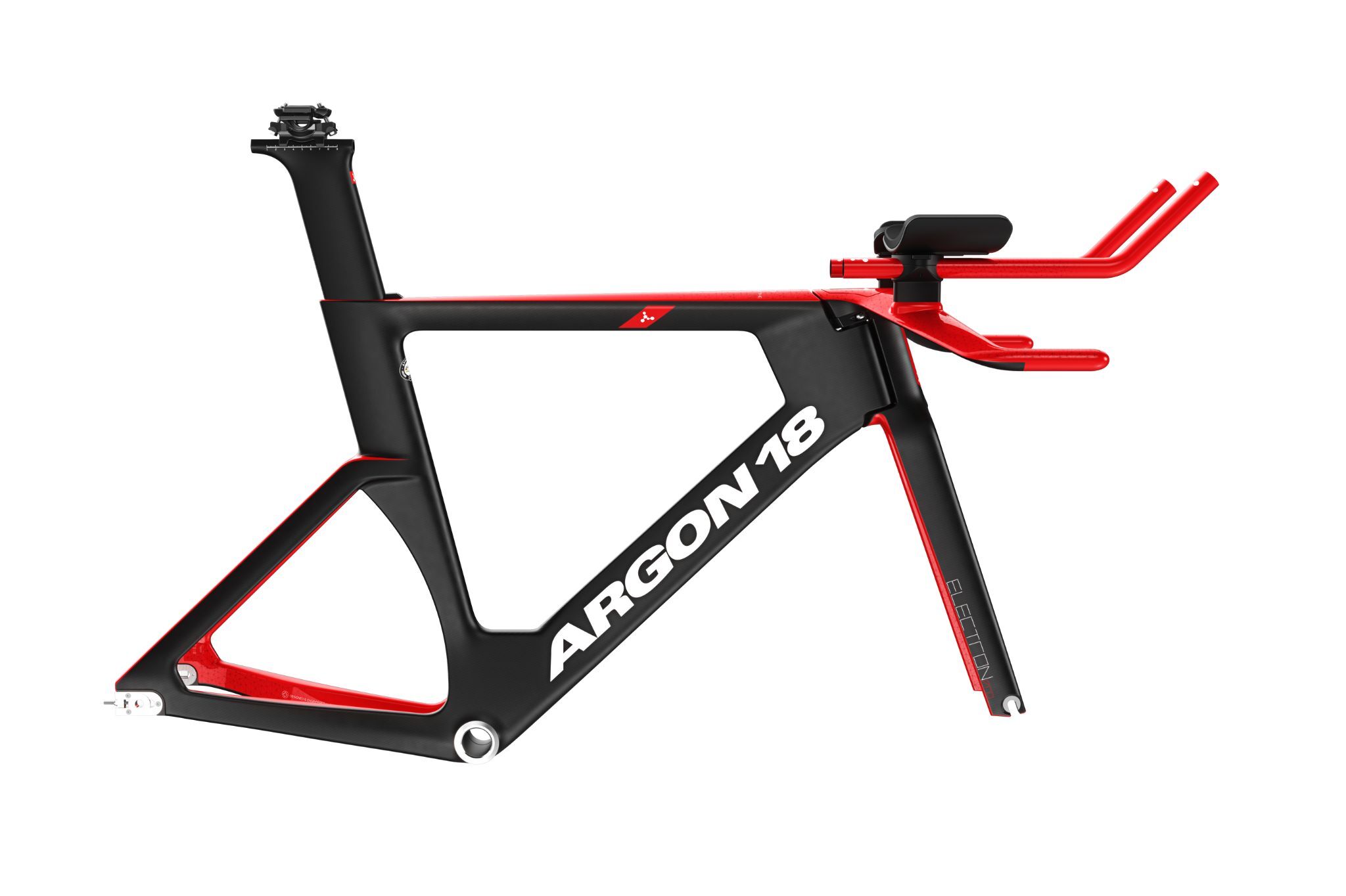Argon 18 Talks Carbon Recycling with C7 Composites
Curious about what happens to carbon fibre when it reaches the end of its lifespan? Argon 18 sat down with the team at C7 Composites to talk about carbon recycling.
Argon 18: Tell us a little about yourself. How did you get into the composites recycling industry?
Martin Chambert, C7: I’m a Composite Materials Engineer, and I’ve always been passionate about these materials and their applications, especially in the field of sports. My academic and professional path focused on sports equipment, starting with skis, and then I went on to work in the development of ice hockey equipment here in Quebec.
But there was a challenge related to the end-of-life of composites that I was getting more and more curious about. I was working in an industry that generated a lot of products that would one day end up in landfills. I decided to take on this challenge. My goal was to find ways to offset the carbon footprint that my products had generated in the past, and to be able to limit the impact of future products. Because if no one does anything about it, the use of these materials could be limited in the future.

A18: Can you tell us about C7’s mission and goals, and a bit about the company's background?
MC: Our mission is to give new life to composites destined for the landfill, so the main objective is to provide an alternative end-of-life solution.
C7 Composites was first founded in Quebec, and we’re now also now in France to offer services in North America as well as Europe. We’ve been operating for three years now. We offer consulting services, mainly related to the design of composite parts in the sports industry, and of course, the recycling service for thermoset composite products.
We are currently working with several bicycle companies in Quebec, including Panorama Cycles and, of course, Argon 18, but also with companies in Europe such as Decathlon, which is a major player in the sports industry.
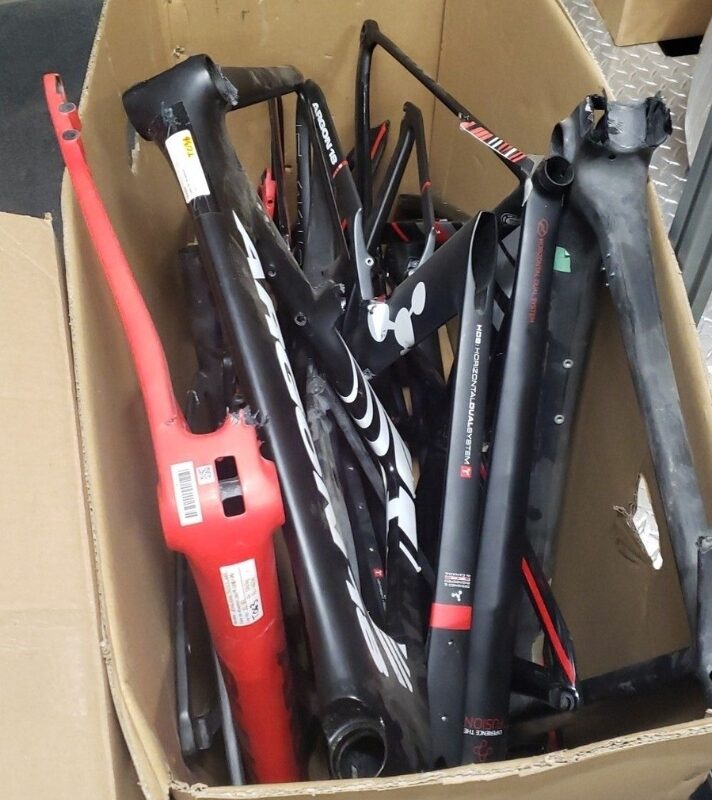
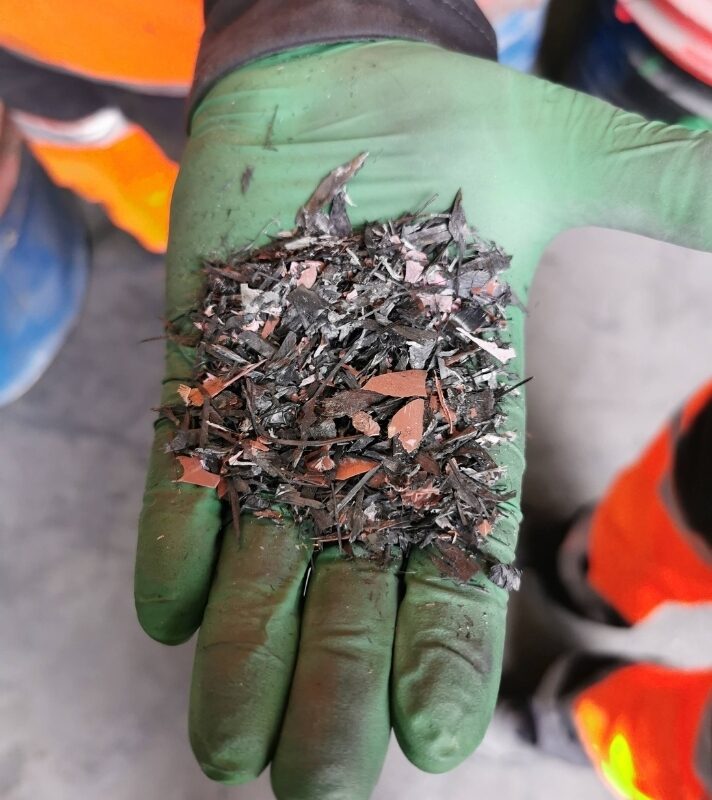
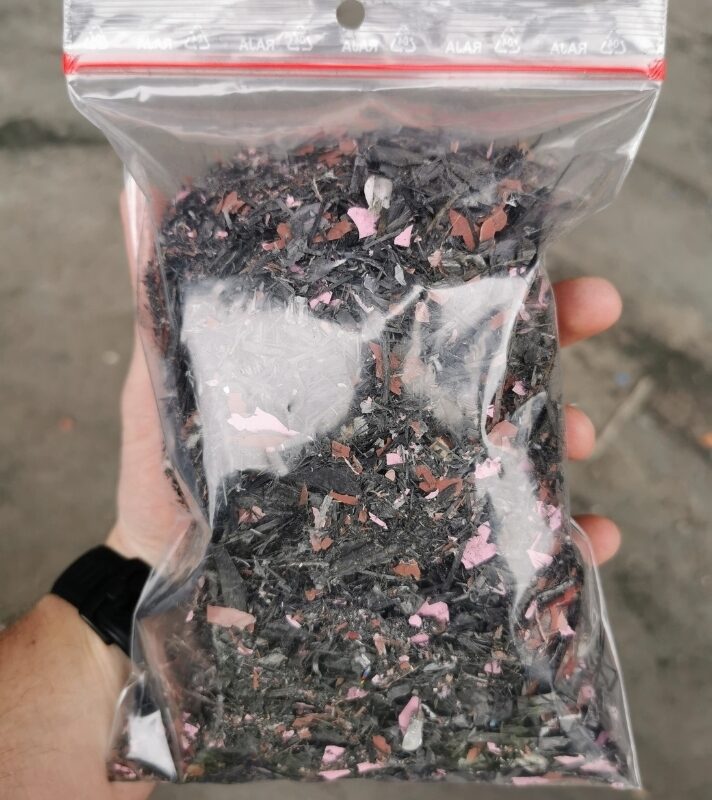
A18: What is the final product from recycled carbon fiber? And what can it be used for?
MC: We should be precise – it's not recycled carbon fiber, but recycled composite products. It may seem like a small nuance, but composite products can use carbon fiber or other fibers such as glass fiber, flax, but also foams, metal inserts, paint, varnish, etc. This is why it was important for C7 Composites to develop a process that accepts all these materials and related components.
In the end, these composite products are transformed into panels or plates with thicknesses that can range from 6mm to several tens of centimeters. This geometric format allows these plates to be used in many ways, from furniture, street furniture, trophies, to floor and wall coverings, but also tombstones! The plates can be cut and assembled as you would with wood, and they can be recycled again via the same process to be as circular as possible.
A18: What is your solution for companies that manufacture or use composites? What is the additional benefit you offer these collaborators?
MC: Composite materials have higher performance characteristics when they combine a large number of different materials. This makes them a challenge at end-of-life, as it is virtually impossible to separate each of these materials and process them individually. Our approach is based on the acceptance of these materials and our ability to add value to various physical and chemical properties instead of the sole stiffness/weight ratio. That means we have the advantage of accepting composite products as they are, without any specific preparation, and without wasting time and money separating carbon parts from fiberglass parts, hybrid parts, etc. That makes us easy to work with for many potential collaborators.
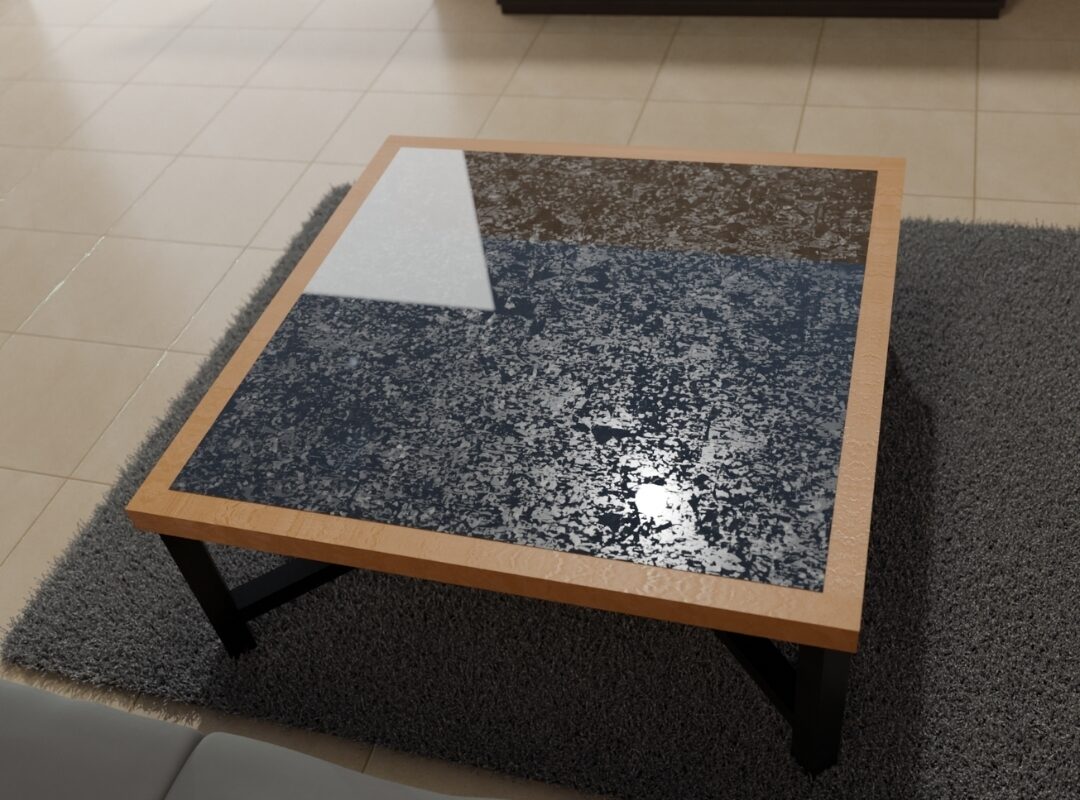
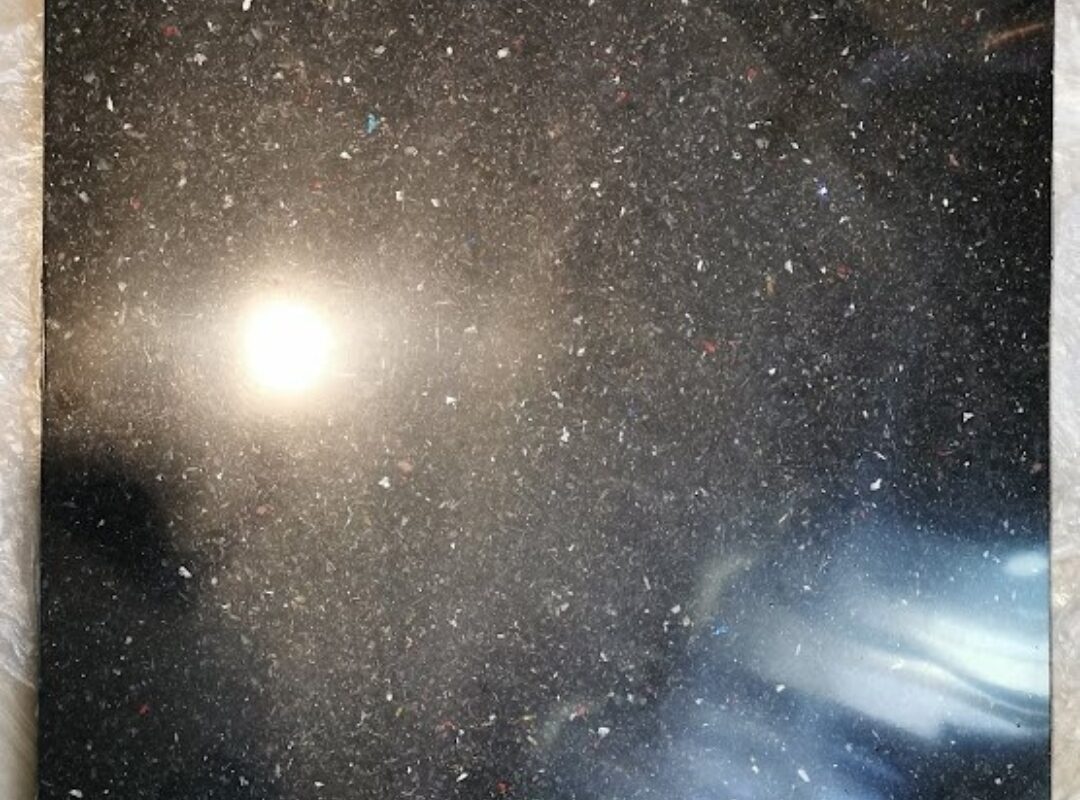
A18: I assume you’re tracking your own environmental impact?
MC: Of course. To say that we have a zero or negative environmental impact would be greenwashing. Even if we do everything possible to limit our energy consumption, work with designs that generate as little waste as possible, optimize waste collection to limit the carbon emissions associated with logistics, and have developed this process of recycling composite materials, we are still working in a very high-polluting industry.
However, in addition to efforts made upstream, we compensate for our final emissions by donating at the end of the fiscal year to the organization One Tree Planted. Planting trees through this organization should not be an easy way to mask CO2 emissions, but used in conjunction with all the other efforts described above, we start to get closer to a very low environmental impact.
So here’s an interesting statistic: for every 100 kilograms of recycled composite product, we only need to plant five trees to offset our overall annual emissions. For every 100 kilograms of new composite product, we would need to plant between 60 and 100, depending on the process.
A18: How can other companies that manufacture carbon products get in touch with you and contribute to your mission?
MC: To contact us, they can use our e-mail address contact@c7-composites.com or visit our LinkedIn page.



